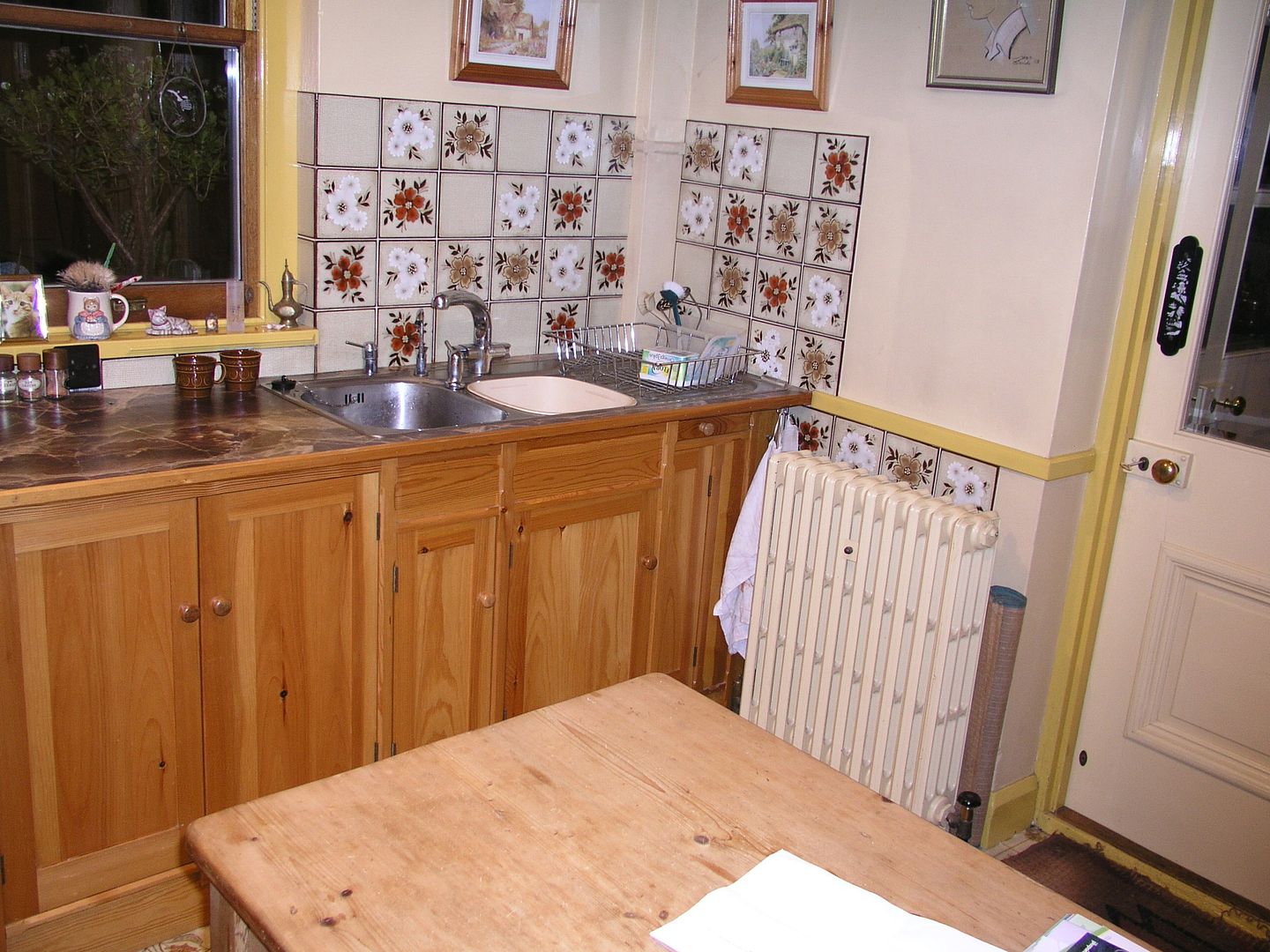- Joined
- 27 Nov 2023
- Messages
- 2
- Reaction score
- 0
- Country

Adding a vertical rad into our new extension. I noticed the pipes were centered in the wall which I didn’t like so I asked the plumber could we move the rad closer to the corner.
Does anyone know of this affects the efficiency of the rad?
We were told by moving it closer it would reduce the efficiency by 30%

Does anyone know of this affects the efficiency of the rad?
We were told by moving it closer it would reduce the efficiency by 30%

